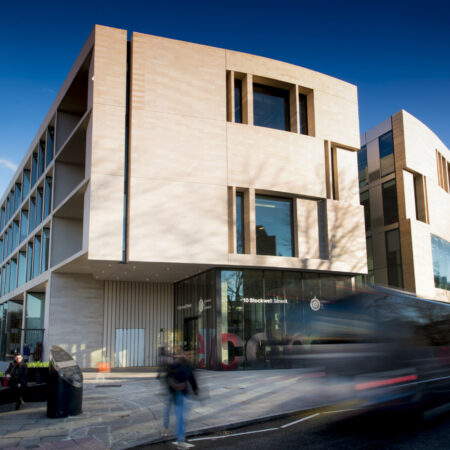Circularity – The Next Challenge for Low Carbon Construction
The construction industry is learning to assess projects in new ways as we strive for a net zero future. Within this broader scope, according to a recent UKGBC report, the full net zero picture is only complete if we address circularity.
Perhaps it’s worth acknowledging that across the entire industry there’s still plenty to do before net zero carbon in operation (including maintenance, repair and refurbishment) becomes the norm. But this will come, particularly as energy grids are progressively decarbonised.
So attention is turning to embodied carbon and the entire lifecycle – right through to demolition and disposal.
The scale and likely consequences of the climate emergency demand urgency. So it’s logical to start looking more closely at end-of-life and how easy it will be to recover elements of the building for reuse. This will reduce the need to extract and process new building materials in the future.
Osborne believes that it’s important to be ambitious. We should deploy all of our existing knowledge and expertise even if we don’t yet have all of the answers. When we design projects we’re increasingly aware of what will happen when the building outlives its useful life.
Design for Circularity
Our first carbon reduction priority is to reduce the quantity of materials used through better design. Beyond this we know that methods such as panelised offsite construction generate less waste. They can also be used to create structures that are easy to dismantle so that elements can be recovered for reuse.
The component materials used in Structural Insulated Panels (SIPs) are also highly recyclable compared to traditional materials.
Design for Manufacture is a concept we’re fully familiar with and is deployed on almost all of our projects. This is being augmented by Design for Adaptation so that internal layouts are easily changed as end user needs evolve.
Design for Deconstruction is also becoming a critical design factor, so that if an alternative use can’t be found for a building at some time in the future its components are easily recovered.
For more information about Osborne’s commitment to carbon reduction contact Caroline Compton-James ([email protected]) or visit our resource centre.

